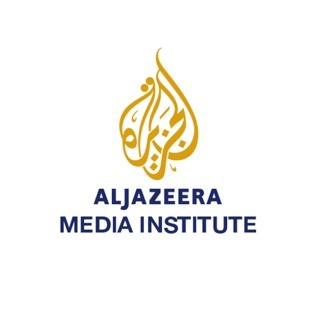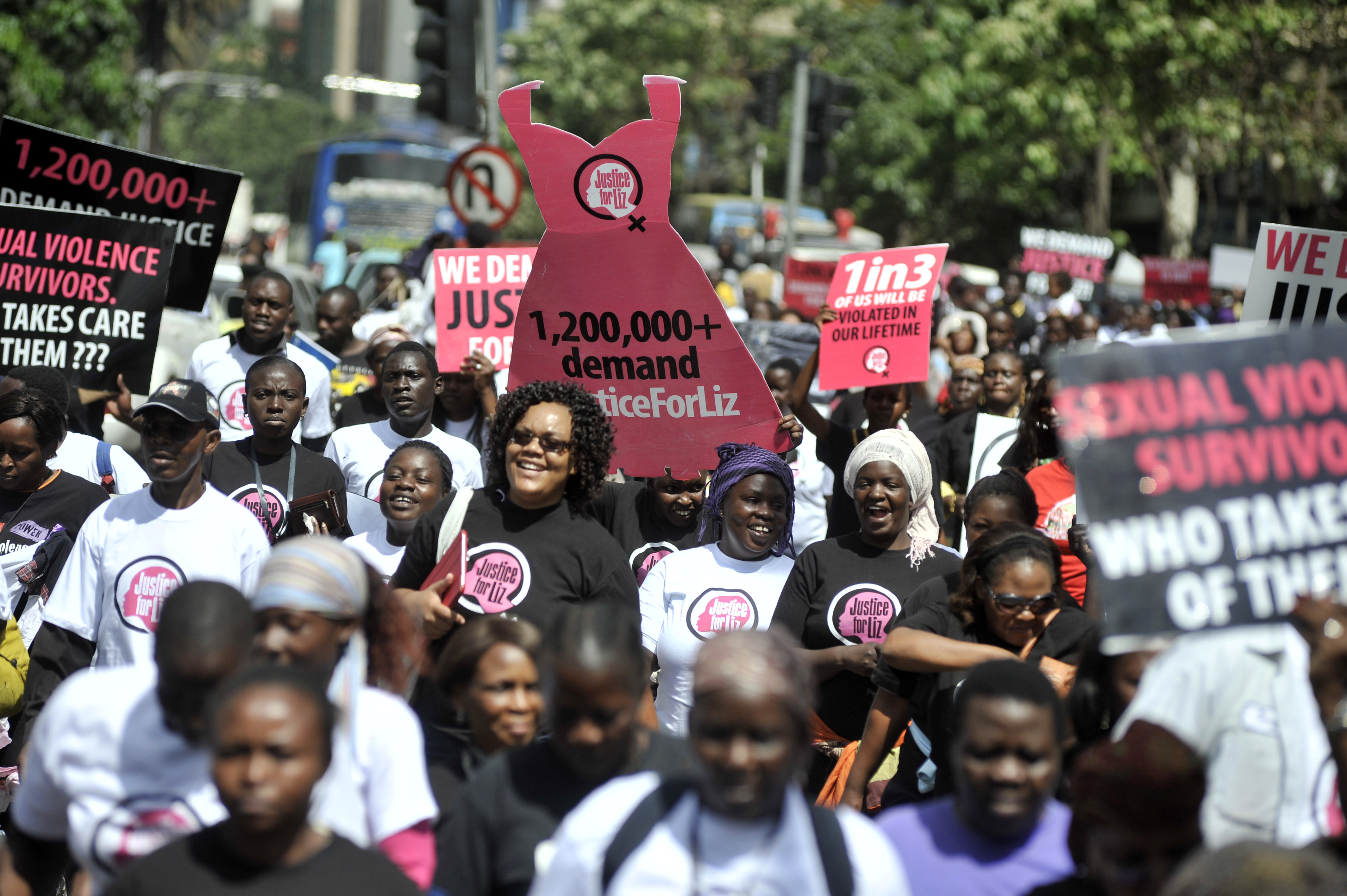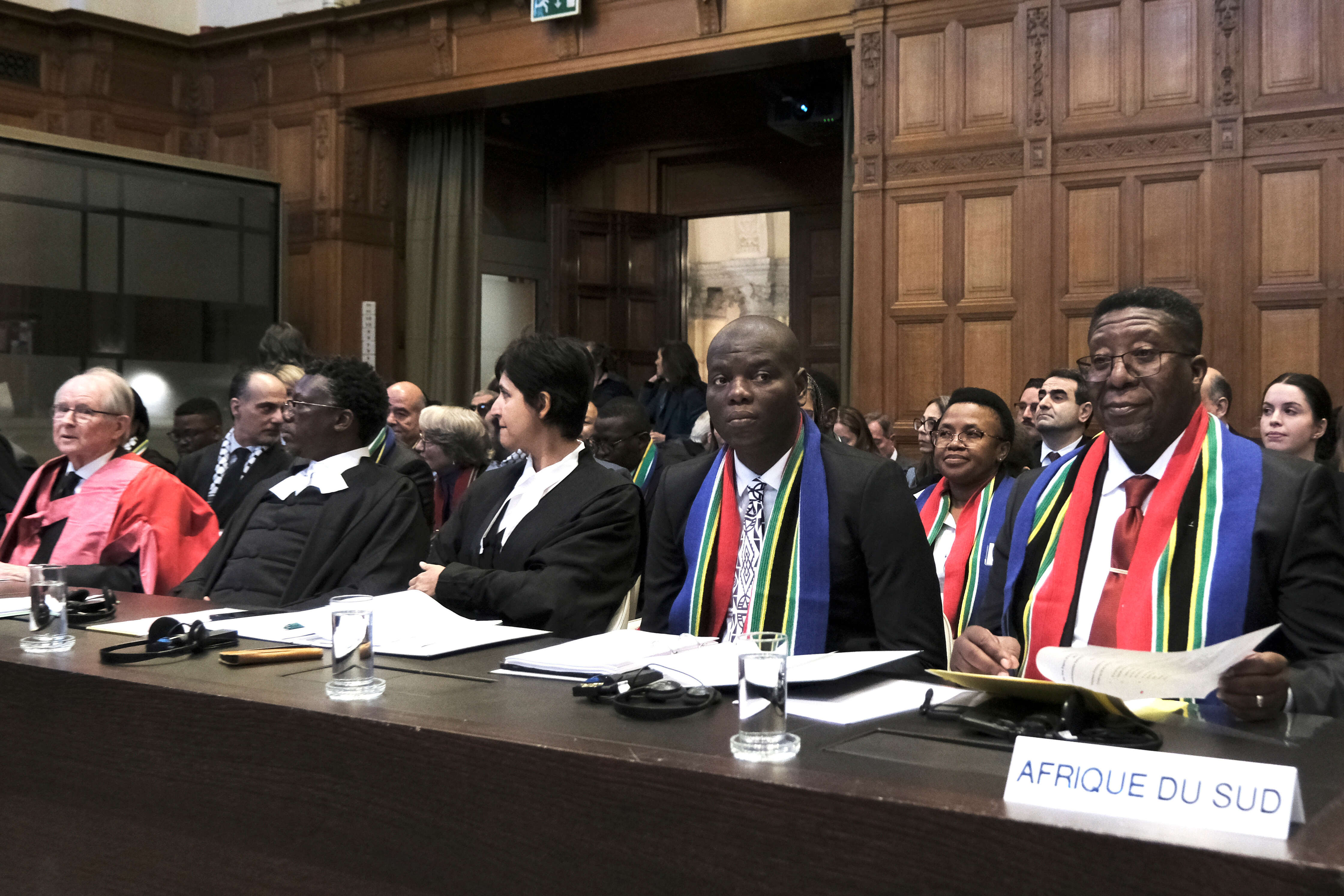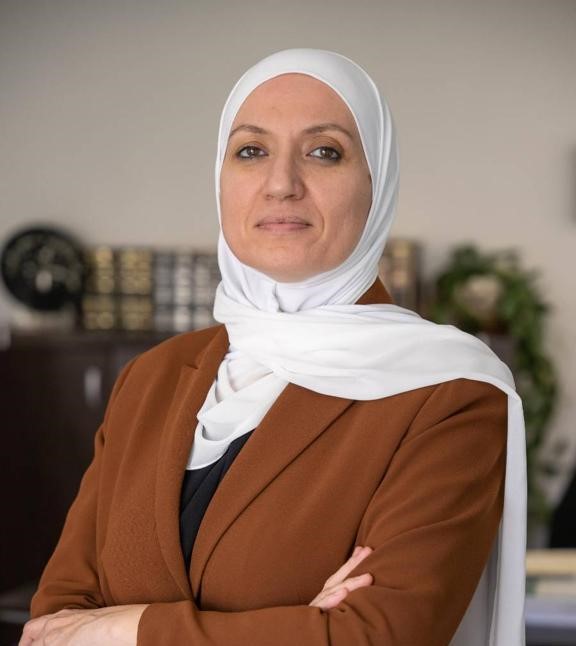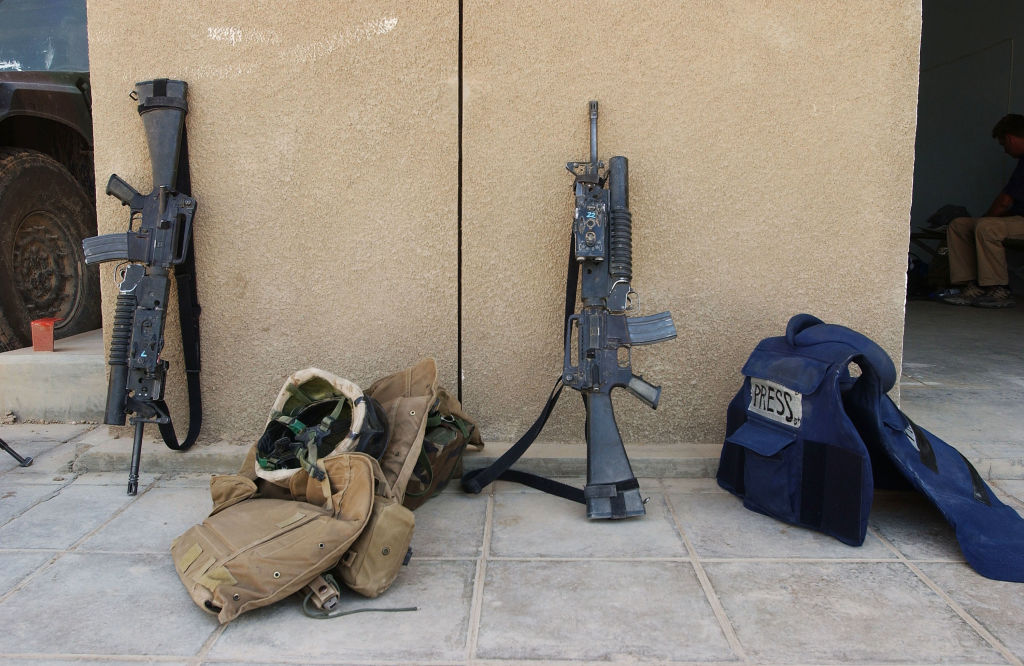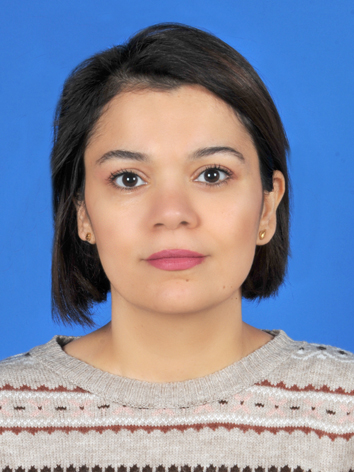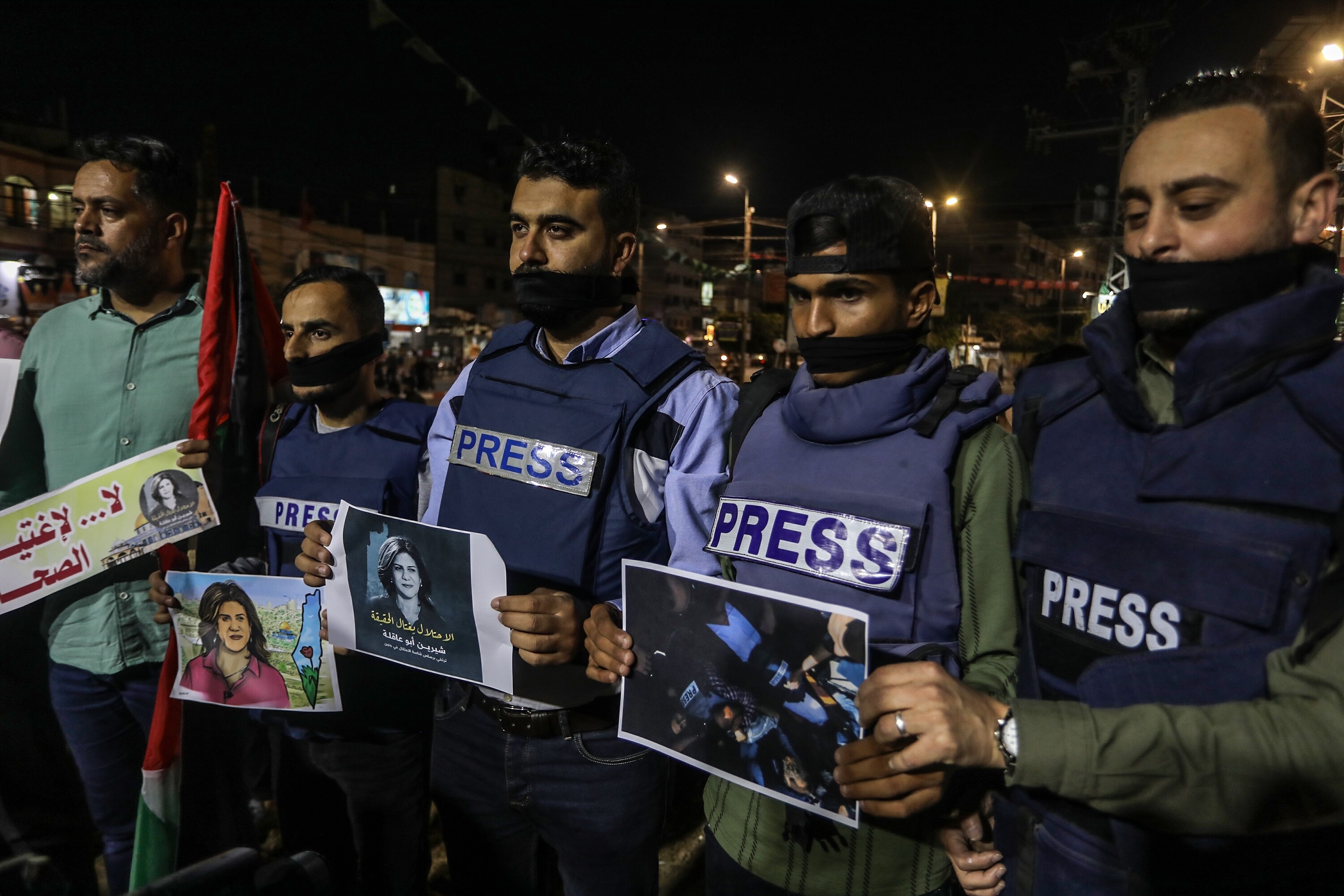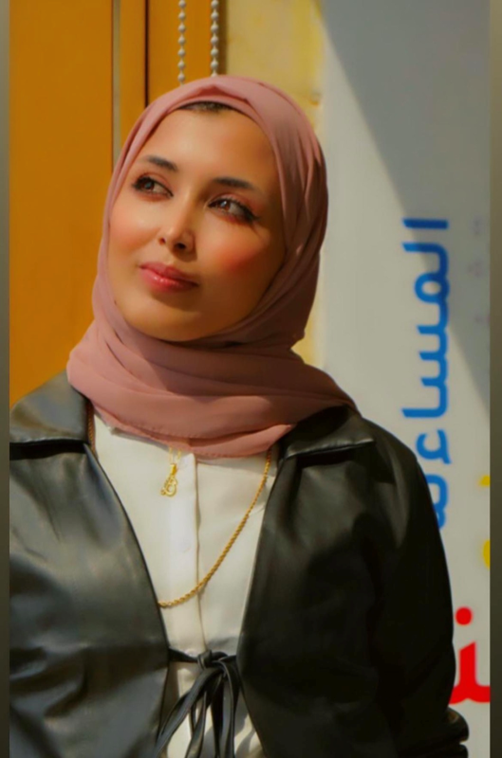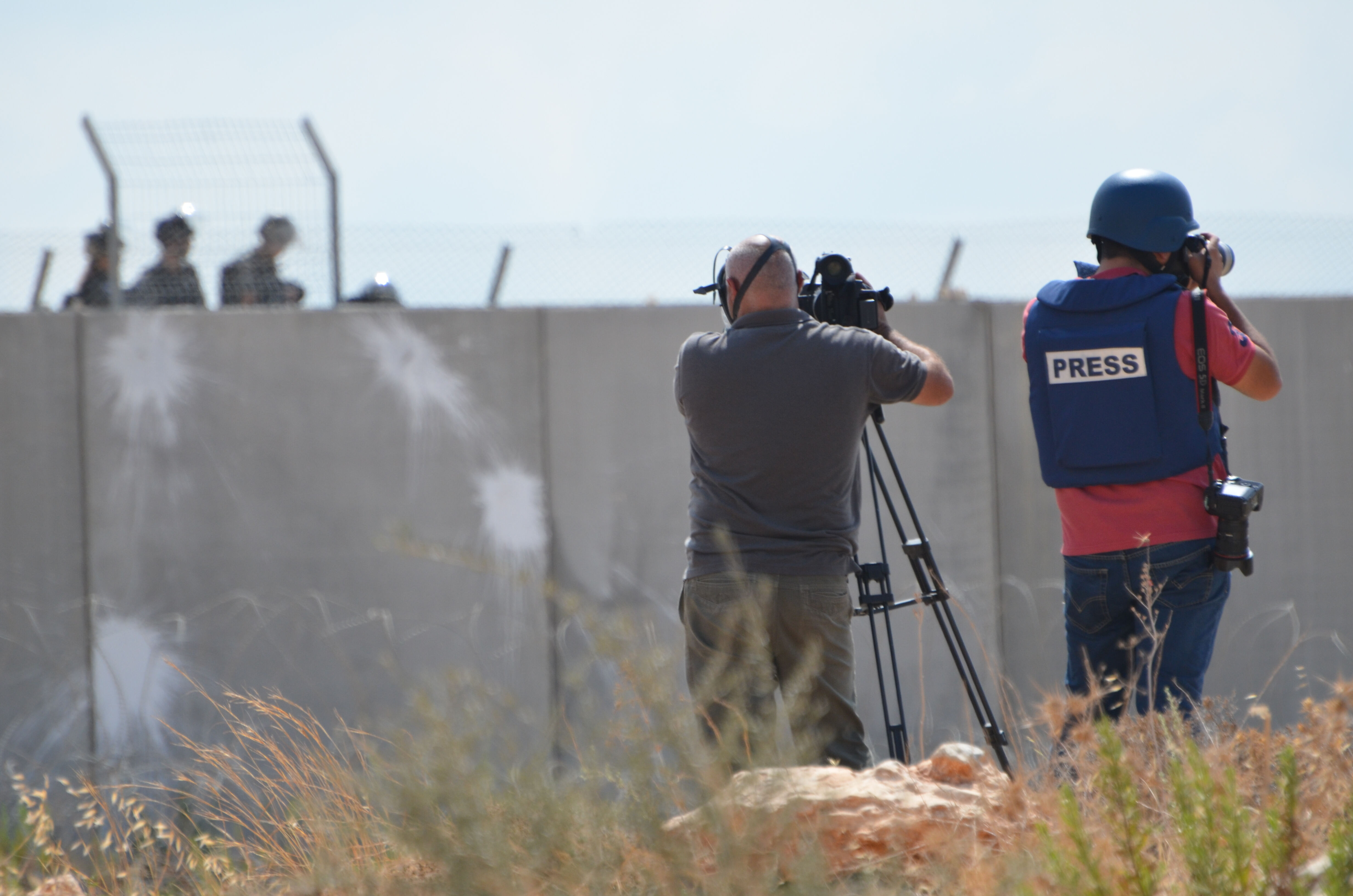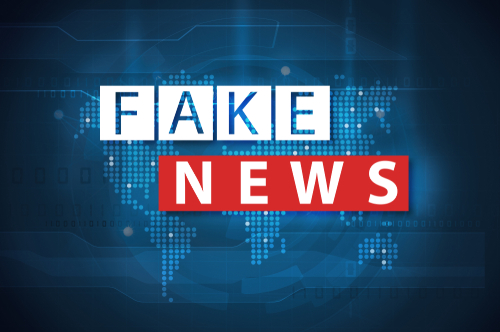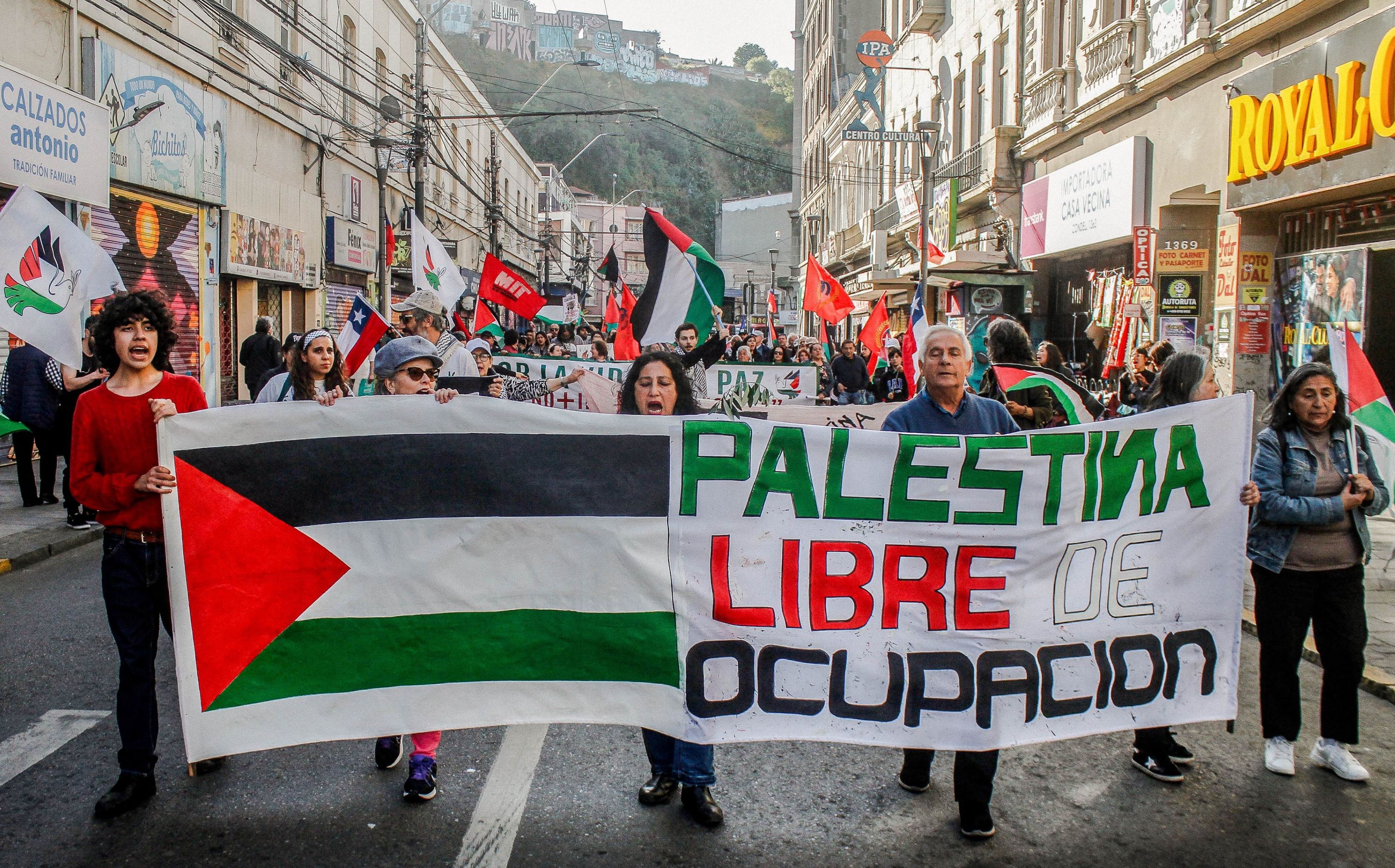وجوه من غزة بللتها الدموع تحدثك عن رؤيتها الكعبة للمرة الأولى، وحاجّة مسنَّة من مصر تروي لك كيف استغرق ابنها الراعي 50 عاما لجمع تكاليف رحلة الحج. صور جوية للحرم المكي، وجولة بتقنية الأبعاد الثلاثة تعرِّفك بمحطات الحج وتفاصيله وكأنك زائر في المكان، يرافق كل ذلك خريطة تفاعلية تتتبَّع خطوات موفدة الجزيرة إلى مكة بسمة أتاسي، وهي تَعدُّ كم مترا قطعت وكم سُعرا حراريا حرقت أثناء أدائها المناسك، ناقلة للمتابع تفاصيل رحلتها أولا بأول على مدونة صممت خصيصا لهذا الغرض على موقع الجزيرة الإنجليزية.
"لم نرغب أن تكون التغطية على غرار التغطية التقليدية للحج.. الآلاف يفدون إلى بيت الله الحرام، وكل حاج يحمل معه قصة رائعة.. أردنا أن نقترب منها لننقل قصة الحج من منظور إنساني"، هذا ما قالته بسمة أتاسي حول تغطيتها التفاعلية للحج، مضيفة "كنت أتجنب التقاط صور الحشود، وأحاول دائما أن ألتقط صور الوجوه ".
بجهاز هاتف ذكي موصول بالإنترنت، وكاميرا صغيرة بتقنية 360 درجة تكلفتها لا تزيد عن 300 يورو، استطاعت أتاسي أن تقدم تغطية غنية تفاعلية للحج، تتنوع بين الصور ومقاطع الفيديو، وتحديثات مكتوبة على المدونة ومدرجة من تويتر، تنقل رحلتها أولا بأول على مدونة "الحج.. لحظة بلحظة" على موقع الجزيرة الإنجليزية.
وتتميز المنصة المستخدمة لهذا الغرض بمرونتها، فقد كان بإمكان أتاسي إدراج خارطة تتتبّع خطواتها من تطبيق آخر، إضافة إلى إدراج تغريداتها مباشرة من تويتر، كما كانت قادرة على رفع ألبومات الصور ومقاطع الفيديو مباشرة على المدونة أو من اليوتيوب، أضف إلى ذلك أن المنصة كانت قابلة للاستخدام من الهاتف المحمول بحيث استطاعت أن تستمر في تحديثها طوال رحلتها. وقد حققت المدونة نصف مليون زيارة، بمعدل زيارة للفرد استغرقت أربع دقائق، ووصل عدد المشاهدات الذروة خلال أحداث منى.
"يتميز الهاتف المحمول بأنه يسمح لك بدخول أماكن لا تستطيع دخولها بمعدات ضخمة، فلا يمكنك تصوير الحج من هذه المسافة القريبة بكاميرا تلفزيونية، كما أن الهاتف كسر الحاجز مع الحجاج الذين قابلتهم.. كانوا مرتاحين أثناء التصوير، يبتسمون أو يبكون، لم يشعروا بالحرج من التعبير عن مشاعرهم".
حجاج من غزة يصفون مشاعرهم لدى رؤيتهم الكعبة
خفة الأدوات وبساطتها، واتساع المساحة الزمنية للتغطية -فلم تكن أتاسي محدودة بوقتٍ ما تظهر فيه لتحدث الجمهور كما في الشاشة- وحريتها في اختيار طريقة تناول القصة مرة بالصور والفيديو والكتابة.. كل ذلك ساعدها على أن تنوع في تغطيتها وتثريها، وتقترب أكثر من القصص الإنسانية التي لا تتسع لها تقارير الشاشة، وربما لا تلتقطها الكاميرا التلفزيونية بهذه الحميمية.. "كنت مستعدة لتجربة أشياء جديدة، وكانت الأفكار والاقتراحات كثيرة، ولكن اخترت في النهاية ما لا يعيقني في حركتي ويزعج الحجاج".
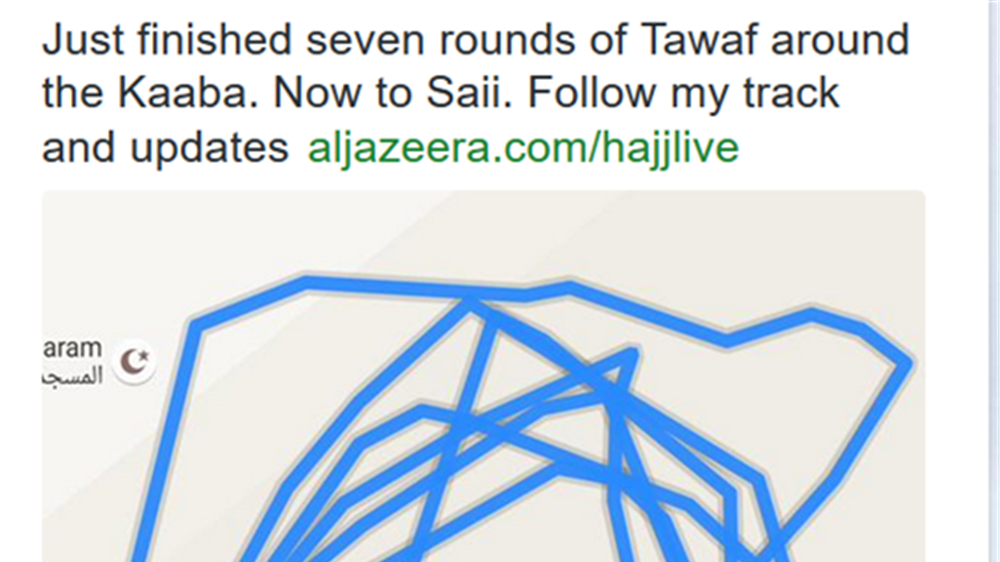
الحج.. الصورة الكاملة بتقنية 360 درجة
لا يمكن للكثيرين زيارة مكة، لكنهم يتوقون للتعرف إلى الحج عن قرب، سواء أكانوا مسلمين أو غير مسلمين، فكانت فكرة التصوير باستخدام كاميرا بتقنية 360 درجة، كجزء من التغطية لتعريف المشاهد بكل ما يحيط بالحاج أثناء أدائه المناسك، والاقتراب من التفاصيل بحيث يشعر أنه في المكان. ويتيح فيديو 360 للمشاهد التجول في الموقع وكأنه يدور دورة كاملة في منتصف المشهد ثم يرفع رأسه للأعلى والأسفل، عن طريق استخدام كاميرا خاصة تلتقط صور الفيديو العريضة (wide angle) من عدة عدسات في جميع الاتجاهات ثم تعالجها لتصبح فيديو واحدا. وقد دعم اليوتيوب هذه الخاصية في مارس/آذار 2015، بحيث أصبح بالإمكان مشاهدتها على منصته.
اختارت أتاسي تصوير المناسك بتقنية 360 درجة قبل الحج لسهولة حركتها في جولة تعريفية للمشاهد بالشعائر، وقد حقق فيديو الحج بالأبعاد الثلاثة وحده قرابة 250 ألف مشاهدة على اليوتيوب باللغة الإنجليزية، وقرابة 23 ألف مشاهدة بالعربية، استخدمت لتصويره كاميرا صغيرة لأنها أرادت شيئا سهل الحمل لا يعيقها أثناء الحركة، كما لا يزعج زوار المكان ويعطيها صلاحية دخول الأماكن التي تريد.. "هناك تقنيات ذات جودة أعلى للتصوير بتقنية 360 درجة، ولكن خصوصية الحج اقتضت استخدام هذه الكاميرا " .
حادثة التدافع في منى
عندما وقعت حادثة التدافع في منى، كانت أتاسي في المركز الإعلامي مع طاقم الجزيرة بأحد المخيمات في منى، تقول "كان مكان الحادث يبعد عن إقامتنا نصف ساعة مشيا على الأقدام.. صعدت إلى سطح المبنى وصورت ما أراه، وأخبرت المتابعين أني في منى وأنه لا يمكن لنا الخروج الآن.. كنت أدوّن مشاهداتي باستمرار وأخبرت المتابعين عندما سُمح لنا بالخروج، وعندما تُهنا قلت للمتابعين إننا تائهون، وكان بإمكانهم متابعة حركتي على الخريطة ليعرفوا أين أتحرك.. توقفنا عند شاحنة الجثث وصورت الشاحنة وأخبرت المتابعين بأن الجثث في هذه الشاحنة. في تلك الأثناء، كان على المدونة آلاف الزائرين، وأخبرني زملائي ألا أوقف التحديثات لأن المتابعين ينتظرون التحديث القادم لمعرفة ما يجري في منى.. في الحقيقة لم أكن أعرف أن التغطية ناجحة، وأنها تلقى تفاعلا كبيرا".
تحديات وصعوبات
وعن الصعوبات التي واجهتها خلال هذه التغطية، تقول أتاسي إنه في مكان مكتظ بالناس كالحج، مثَّلت سرعة الإنترنت مشكلة خاصة عند بث فيديو بشكل مباشر.. "حدث ذلك عندما استخدمتُ تطبيق البيريسكوب، فكانت جودة الصورة ضعيفة بسبب بطء الإنترنت، ولم أتمكن من تكرار التجربة، واستعضت عن ذلك بتصوير الفيديوهات ثم رفعها". ويعد تطبيق البيريسكوب من تطبيقات الهاتف الذكي، ويتيح لمستخدمه أن يبث الفيديوهات بشكل مباشر للمتابعين على تويتر وتلقّي أسئلتهم والإجابة عليها في الوقت الفعلي، ويمكن أن يكون أداة فعالة يستخدمها الصحفي خارج ساعات البث ليتواصل مع جمهوره للحديث عن جوانب لا تتسع لها الشاشة .
وأضافت أتاسي أنها واجهت مشكلة أخرى عند مقابلة المسؤولين باستخدام كاميرا الهاتف الذكي، "تشعر من نظراتهم بتساؤلهم: لماذا لا تحمل كاميرا تلفزيونية؟ ولكن بالتأكيد عندما تعرِّف بنفسك أنك صحفي وتذكر المؤسسة التي تعمل بها، فإن هذه الأمور تؤخذ بعين الاعتبار".
كما أثار استخدامُ أتاسي الخريطة التفاعلية التي تتتبع خطواتها وهي موصولة بنظام تحديد المواقع (جي.بي.أس) أسئلة البعض حول الجانب الأمني، "في الحقيقة وخلافا للحج لا بد من توخي الحيطة والحذر، خاصة في مناطق النزاعات، فذلك قد يعرض حياة الصحفي للخطر".
وتختم أتاسي بالقول إن هذه التغطية كانت أكثر ثراء من تغطية الشاشة، إذ لا تزال متأكدة أن الإعلام الاجتماعي قادر على أن يقدم الكثير للصحافة، وأن المستقبل يسير بهذا الاتجاه.
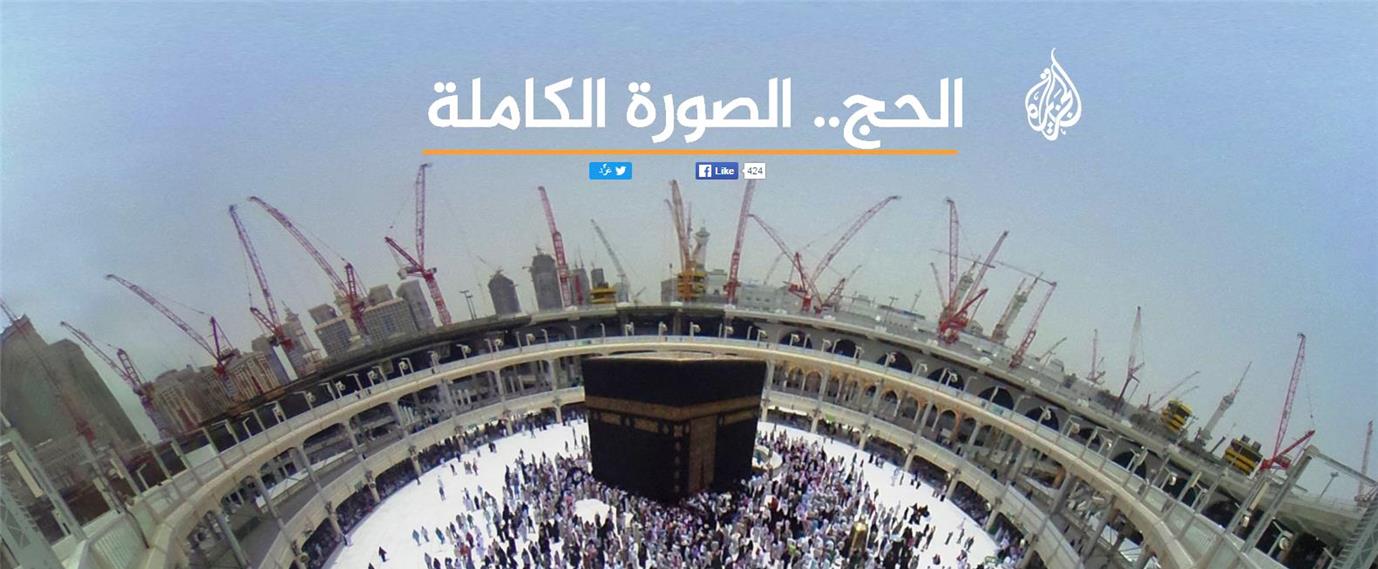

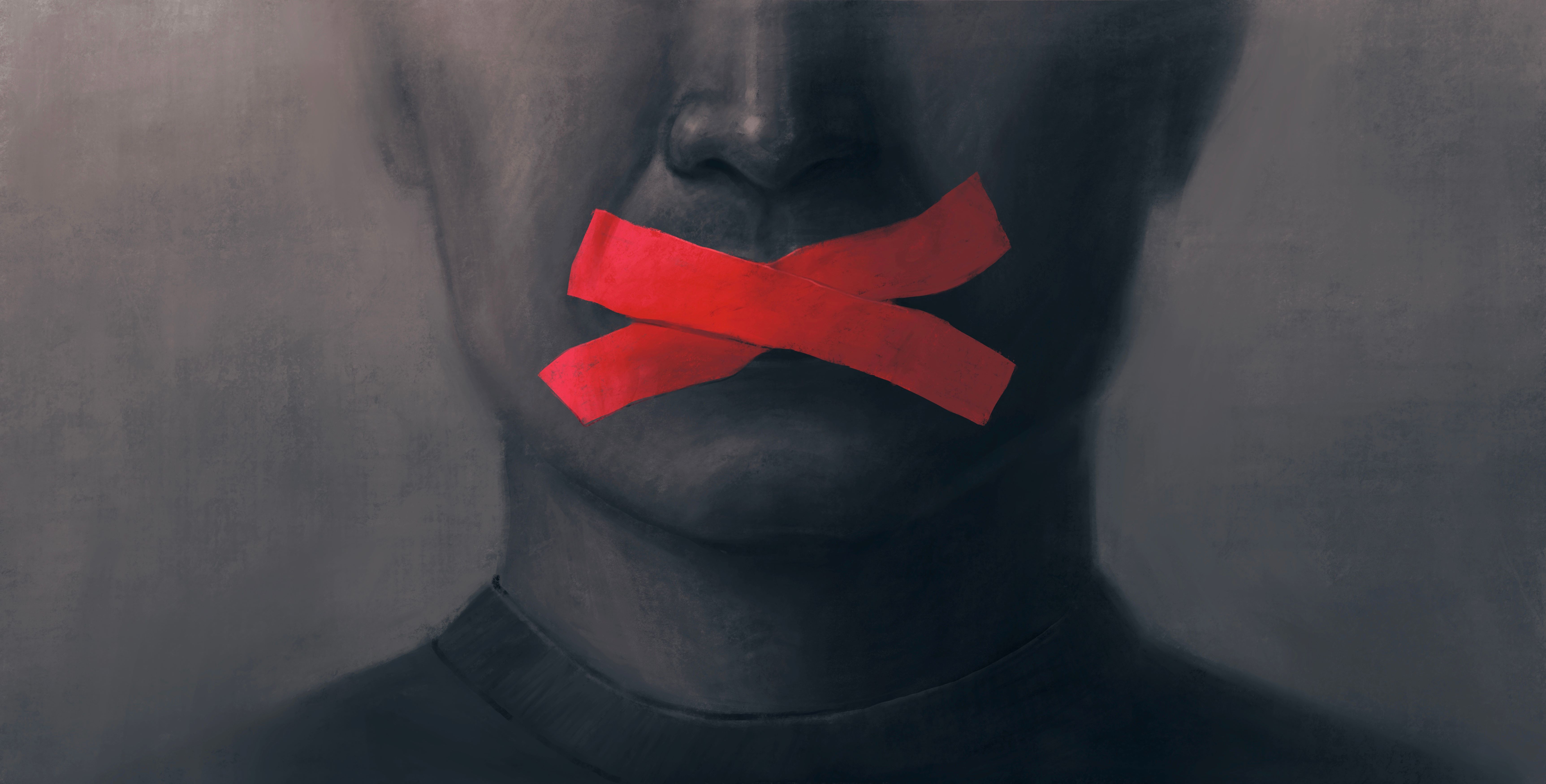

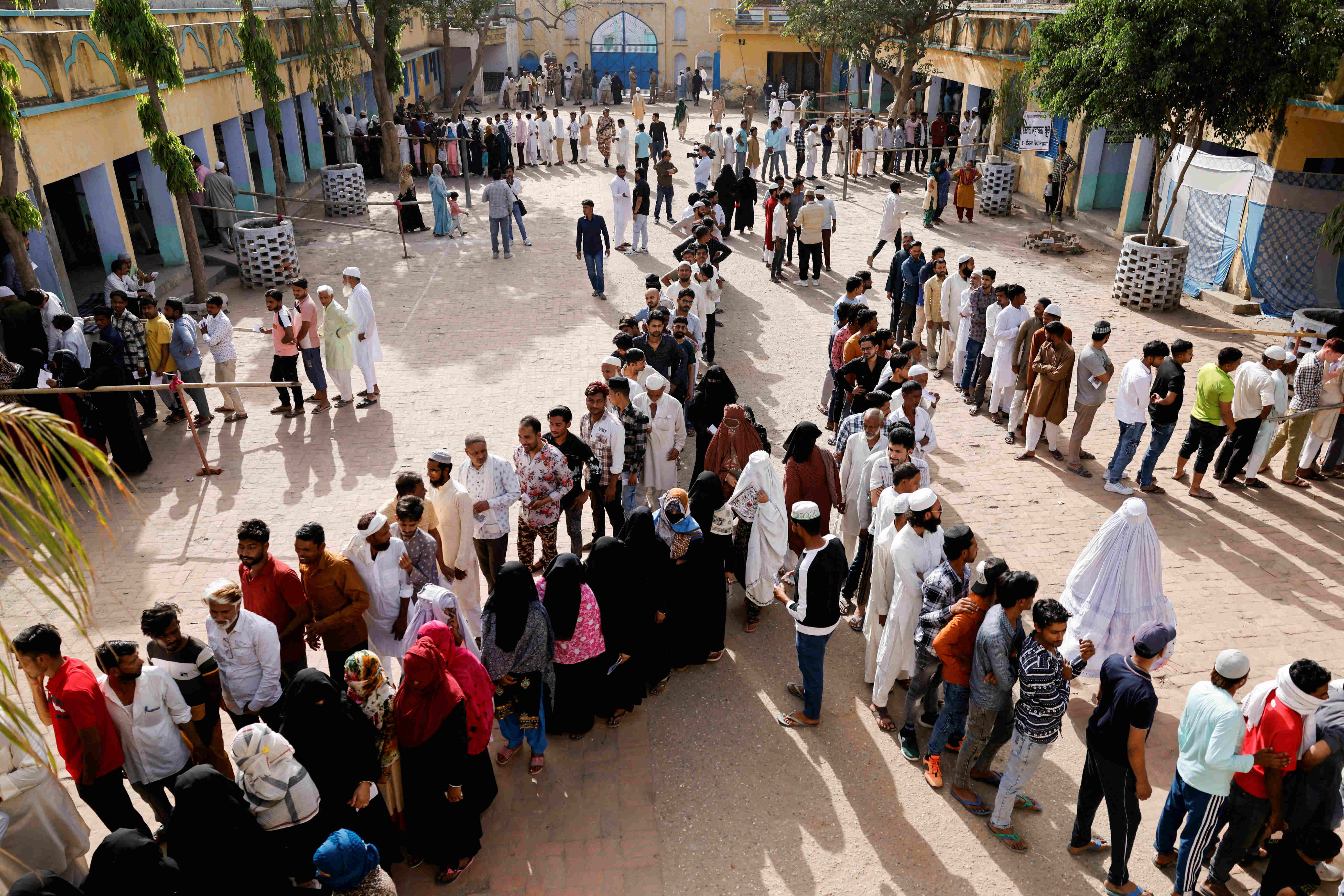

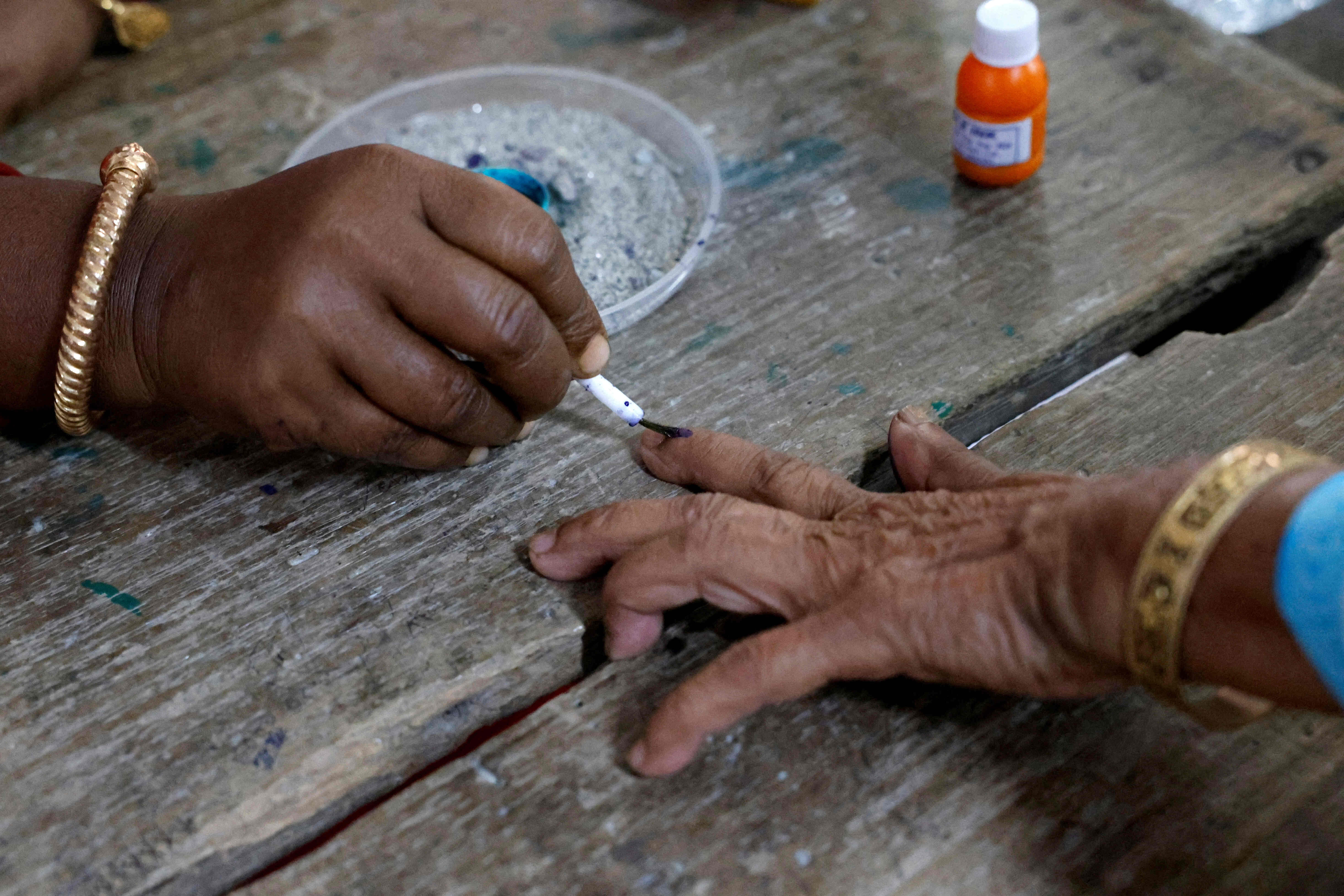

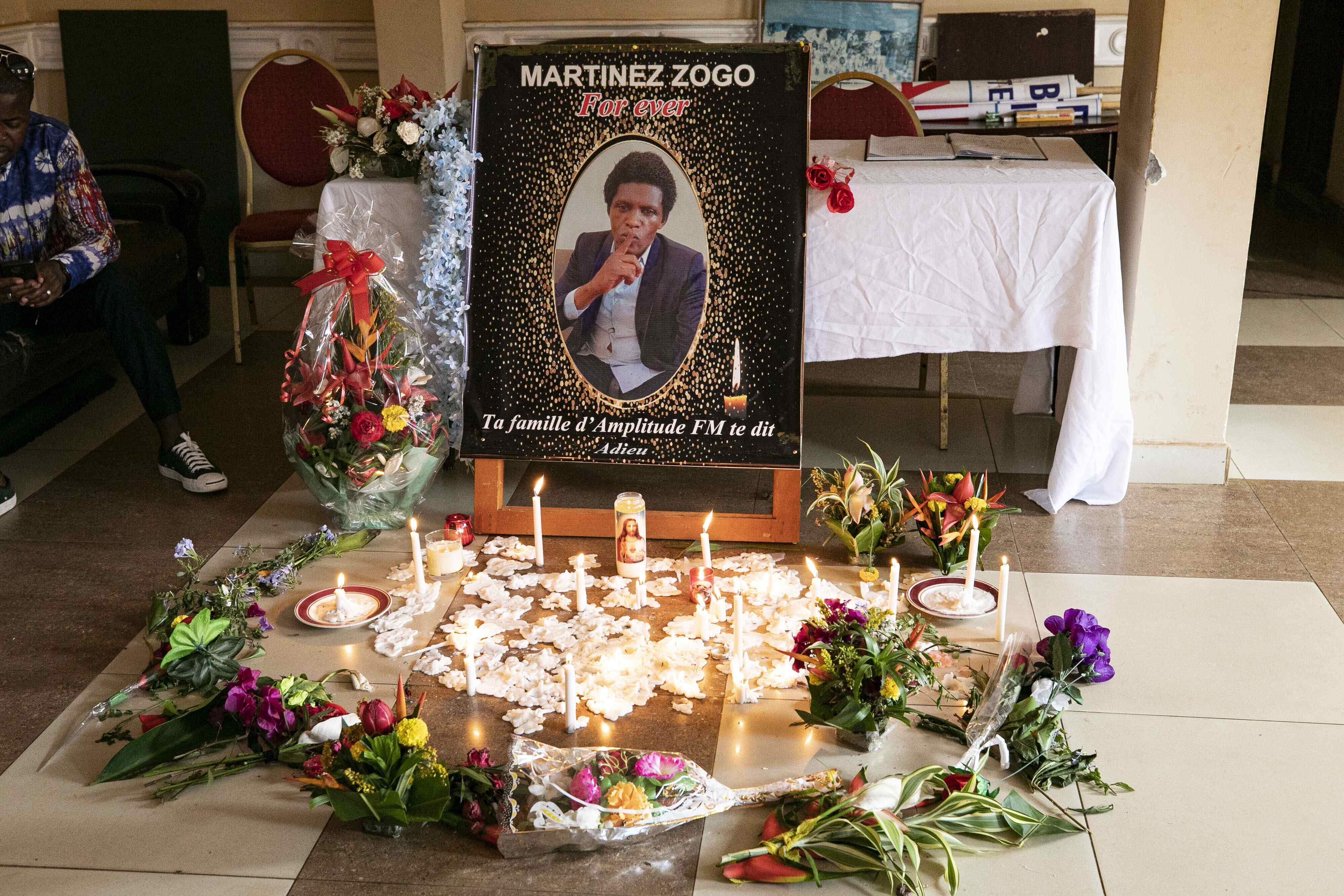

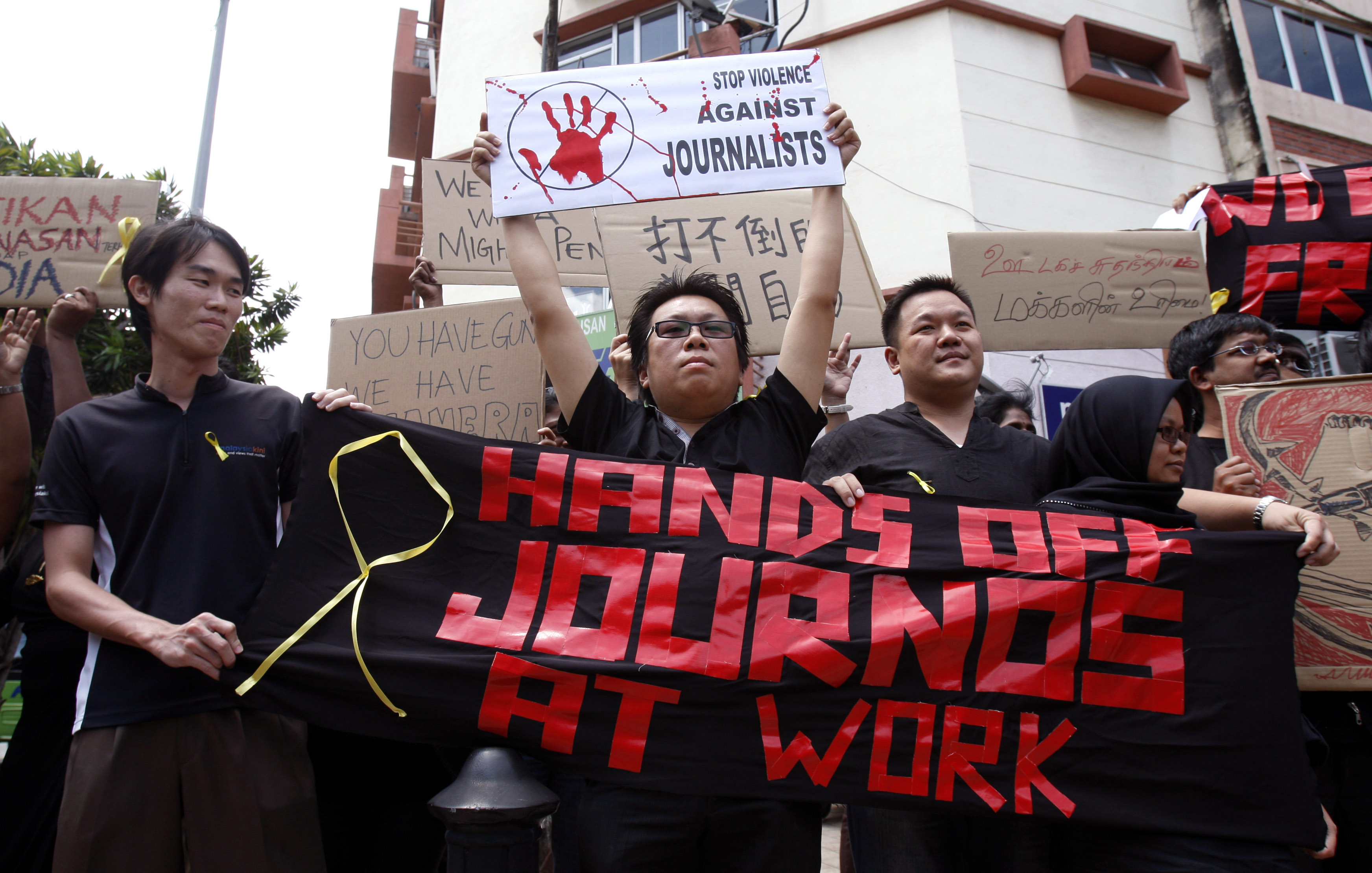


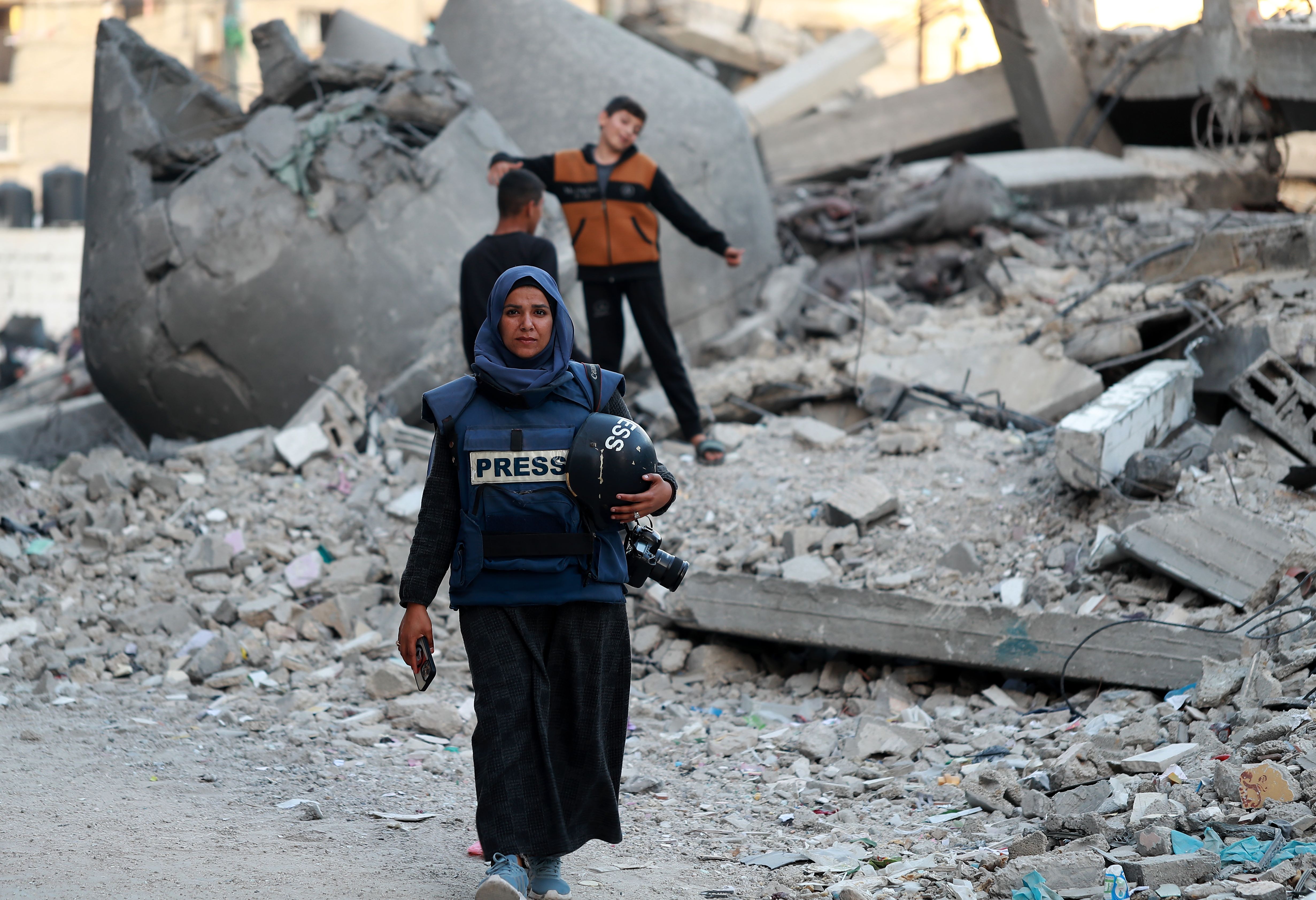



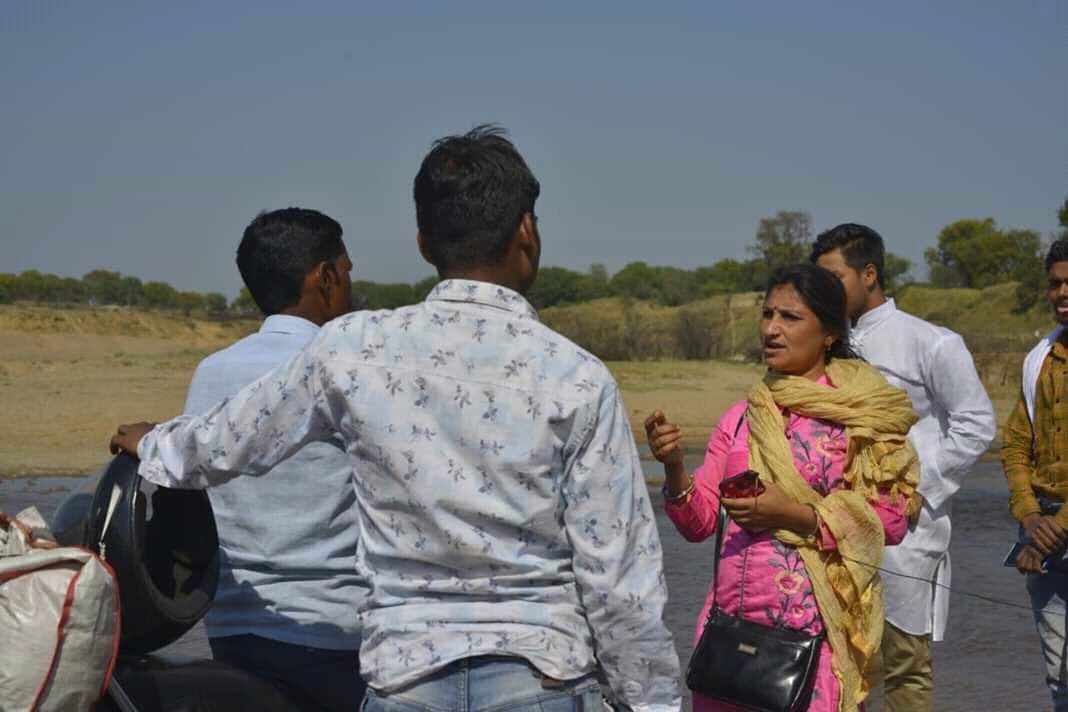


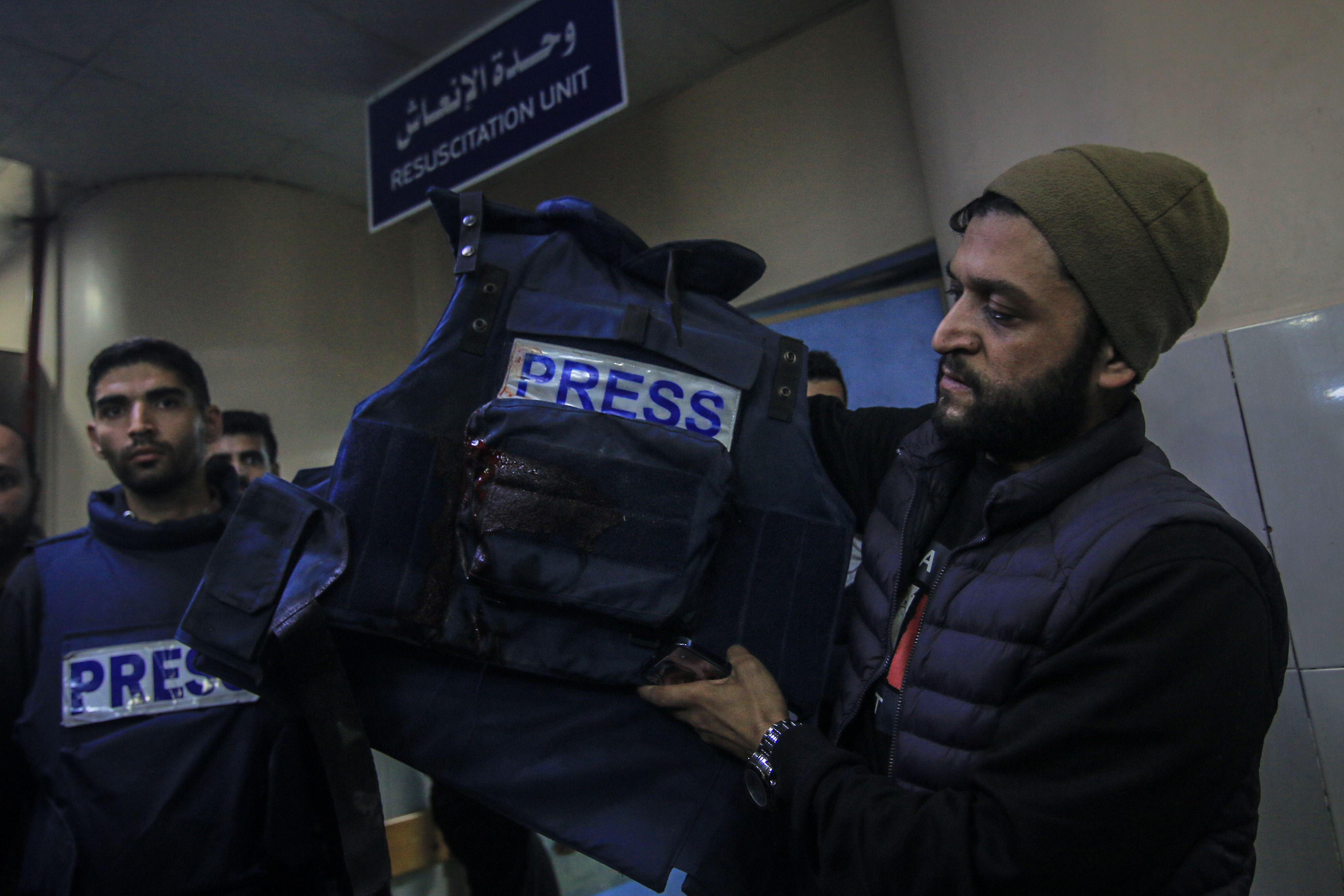
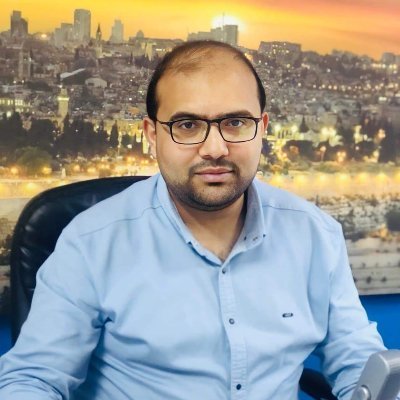

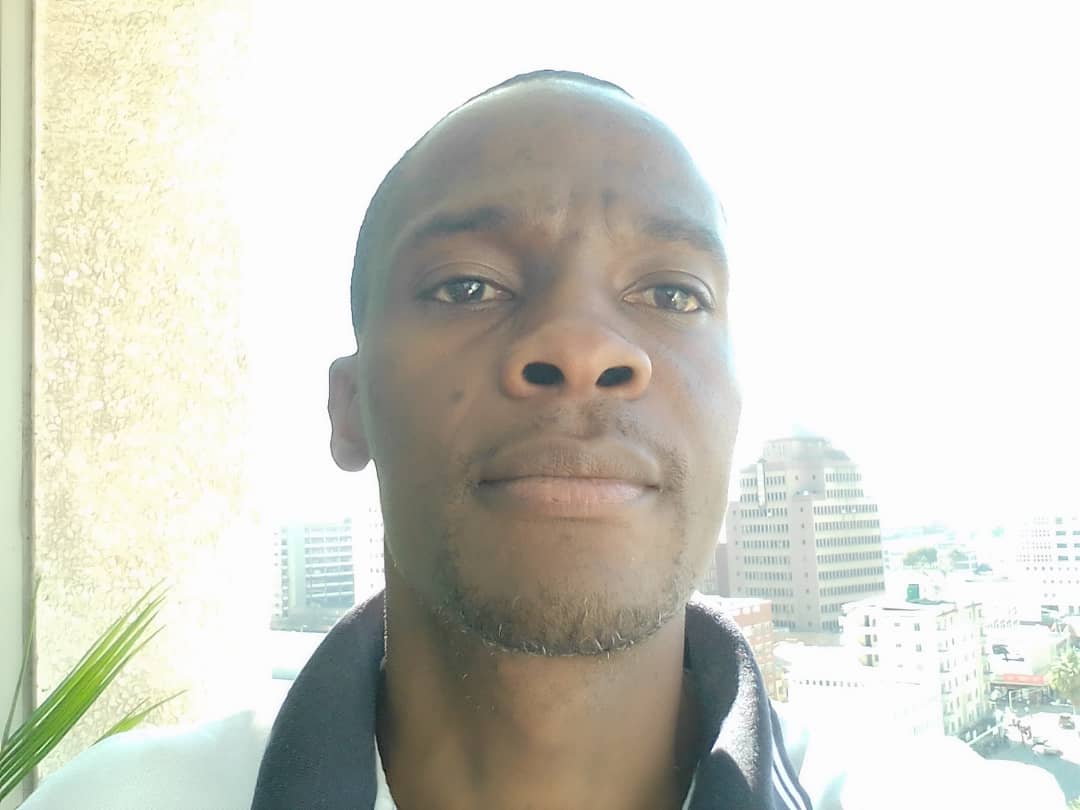
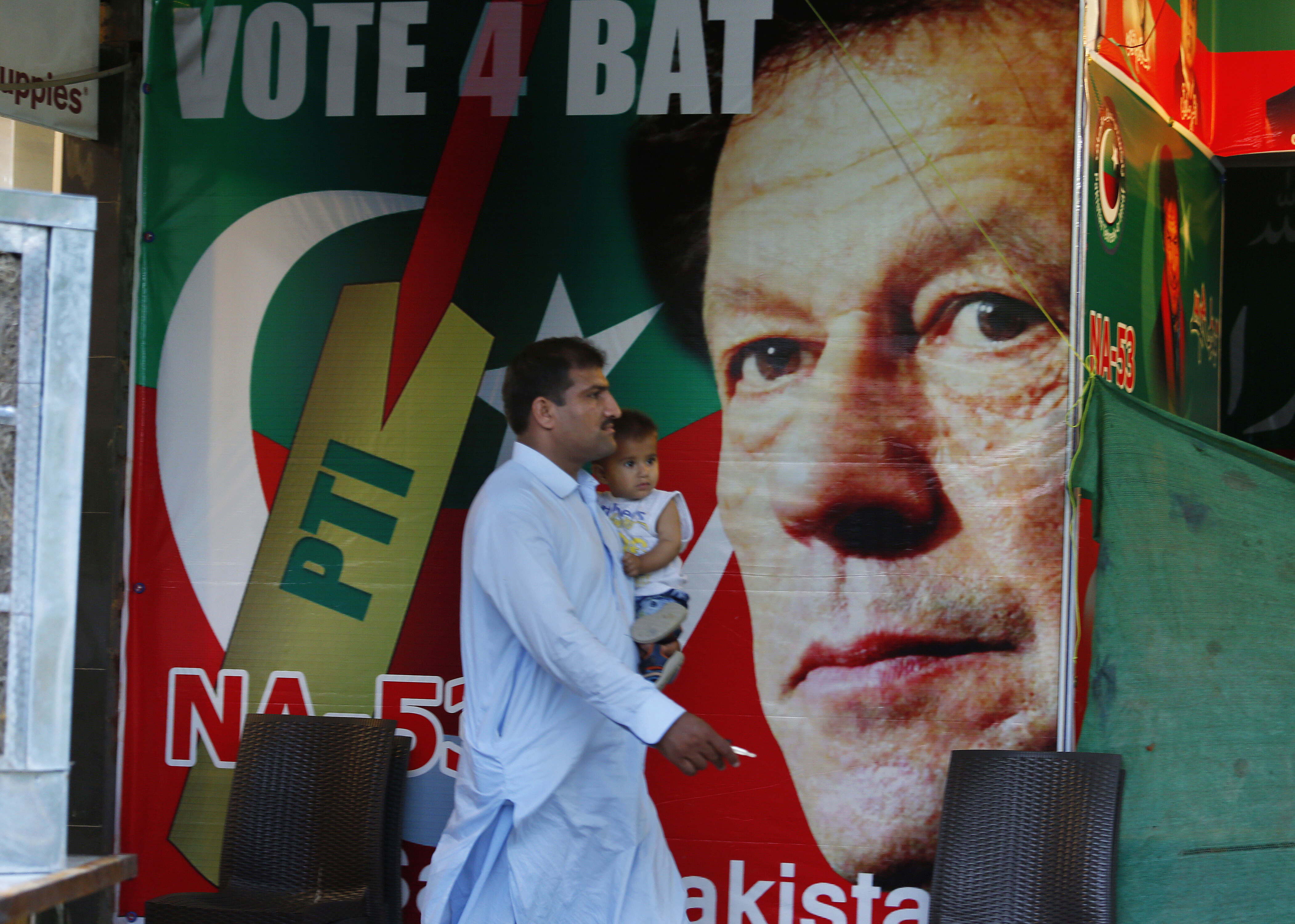

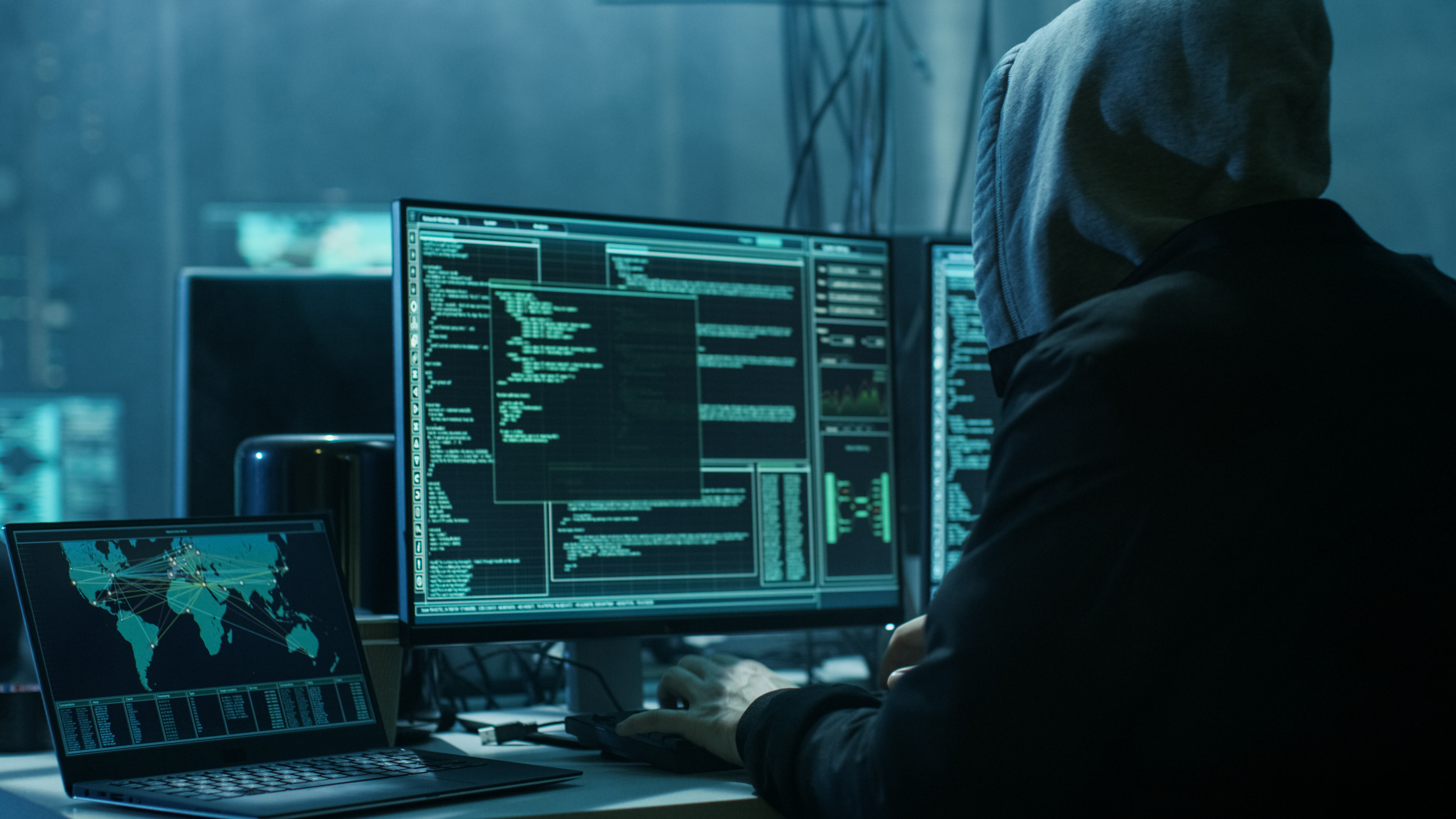
![A demonstration against Israel's war on Gaza on Paulista Avenue in São Paulo on November 4, 2023, draws attention to the deaths of children while the media focuses on the war against terrorists. [Photo: Lina Bakr]](/sites/default/files/ajr/2024/Picture1.png)
